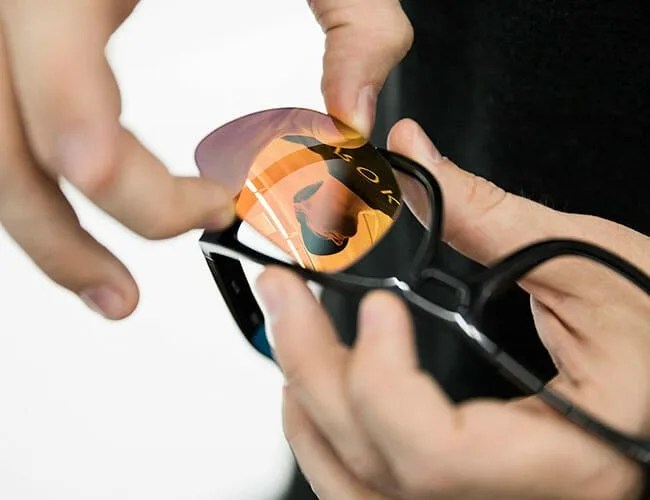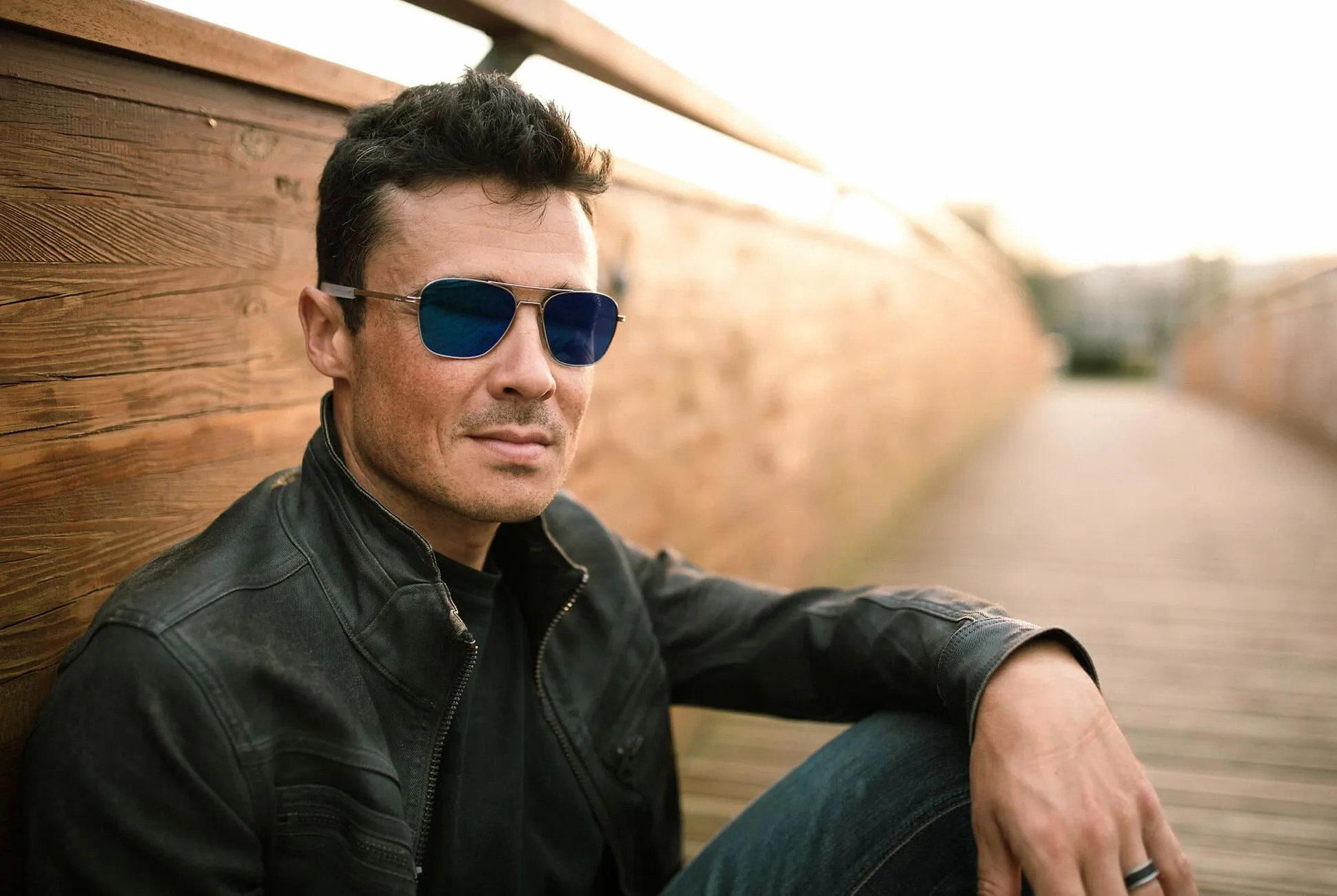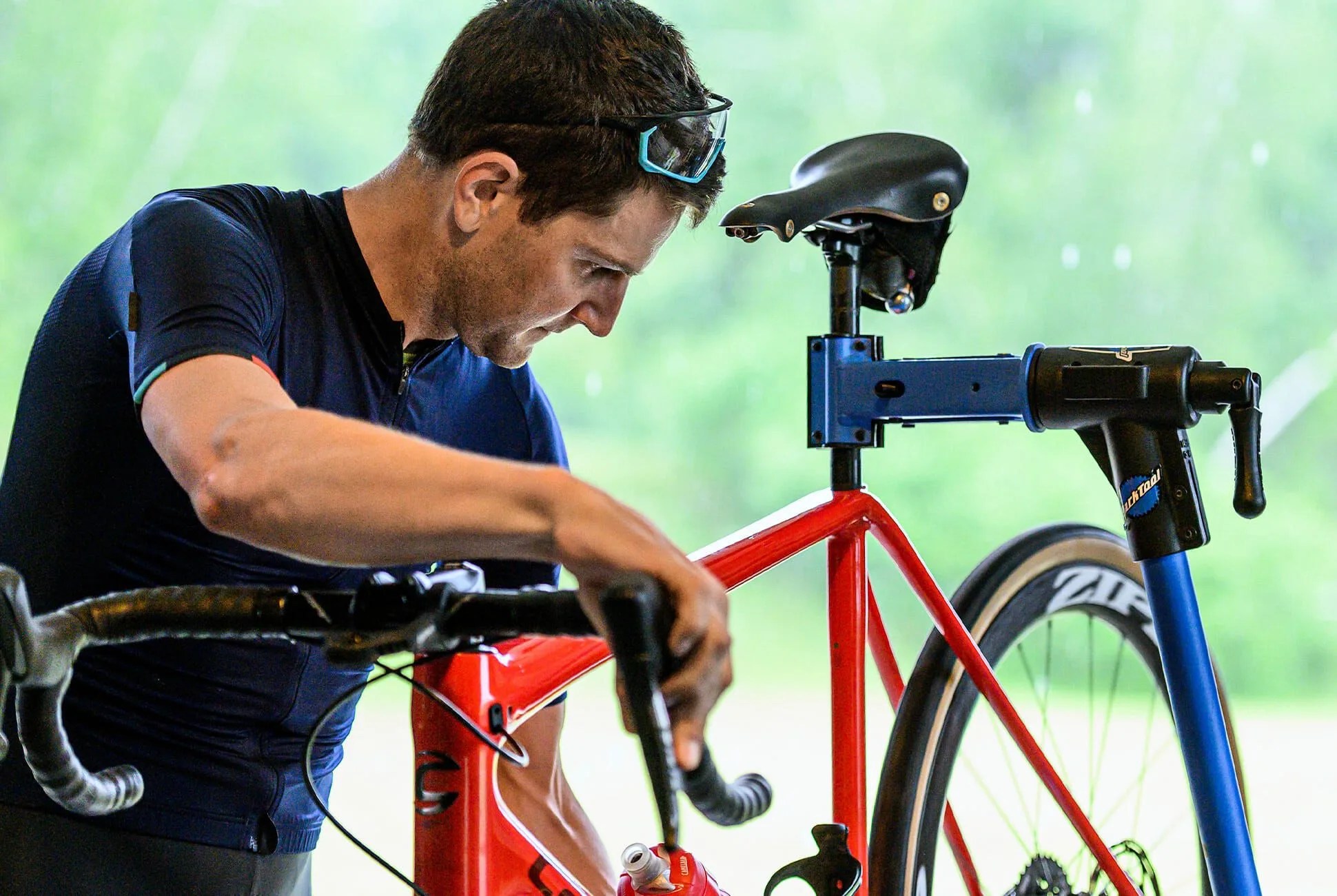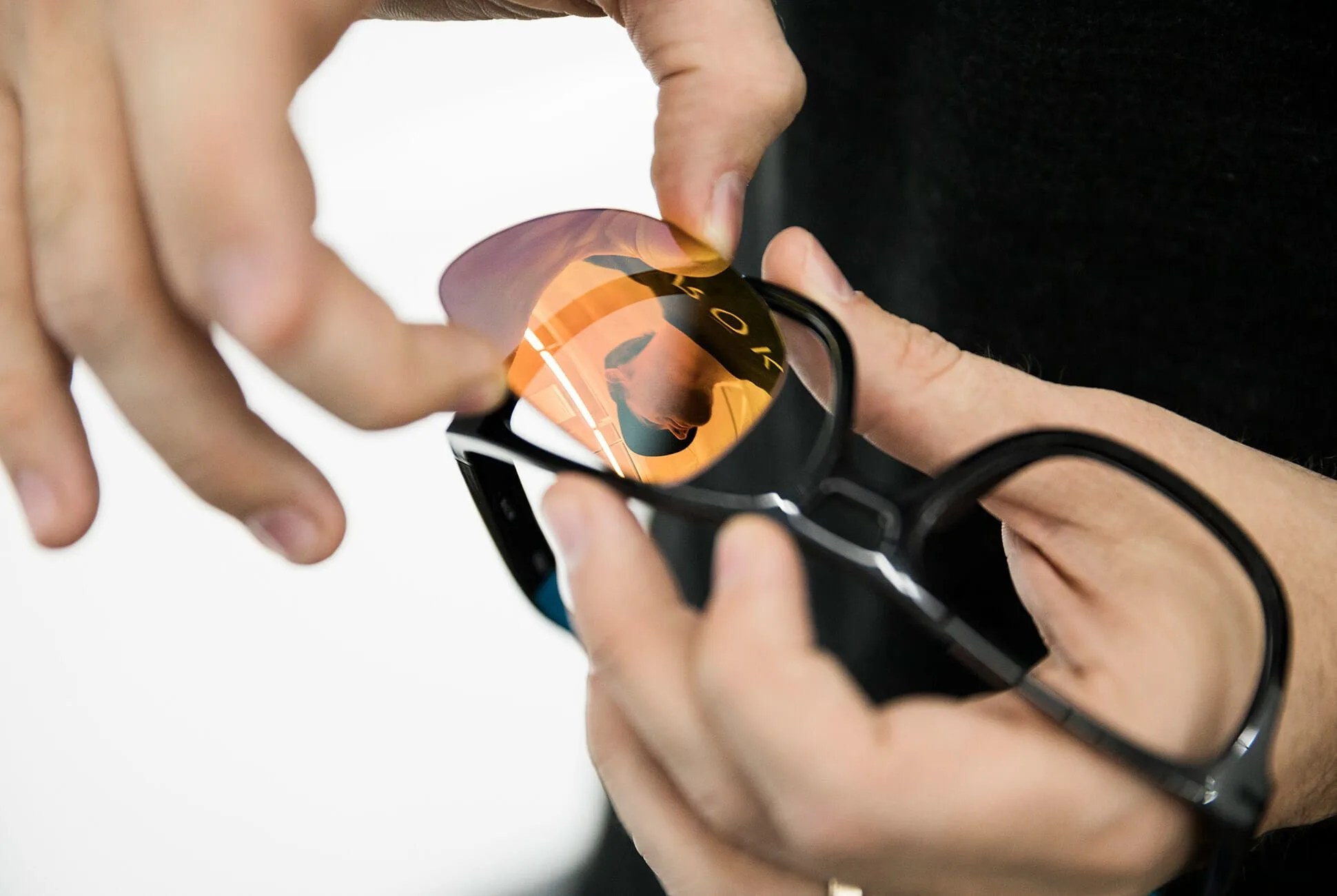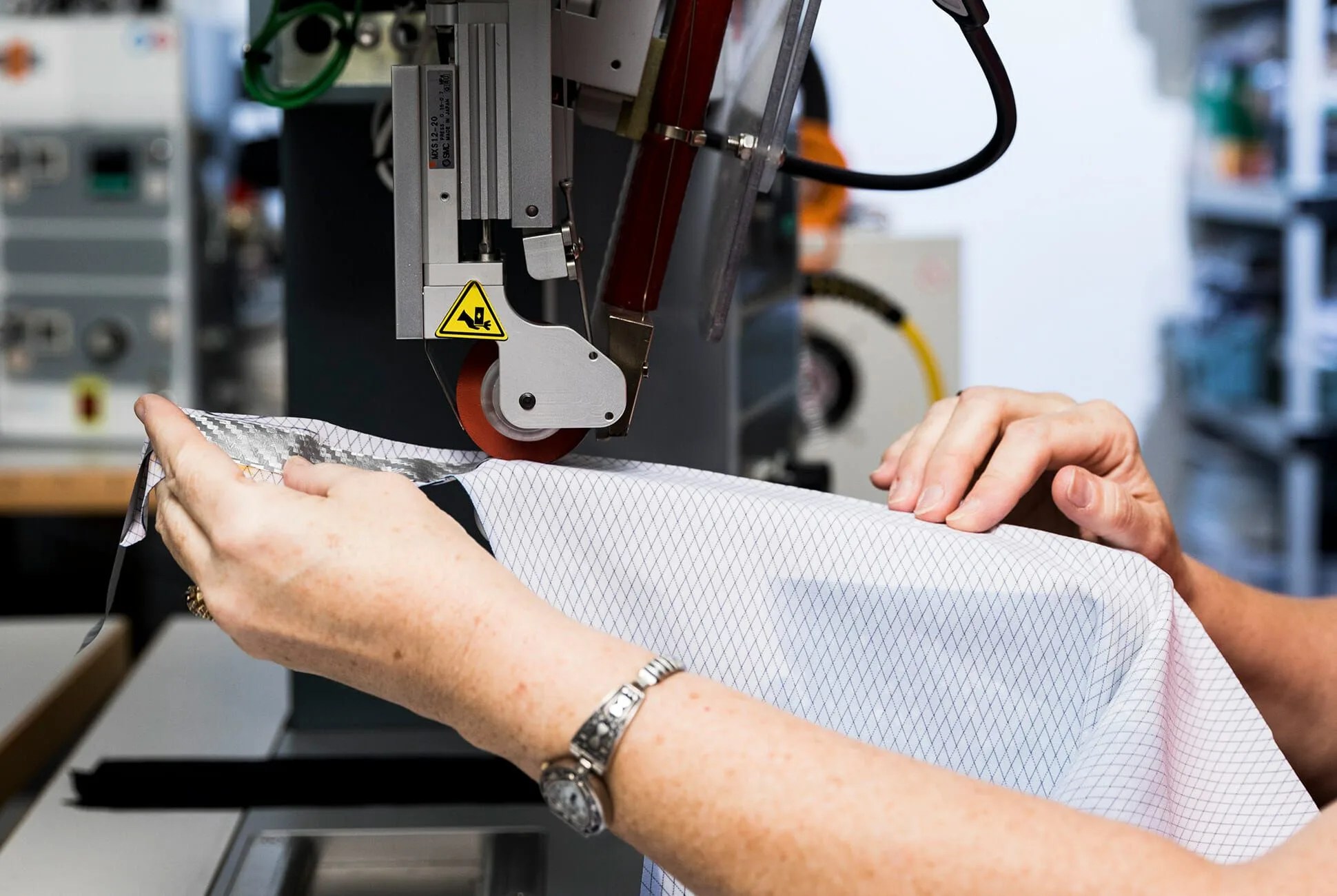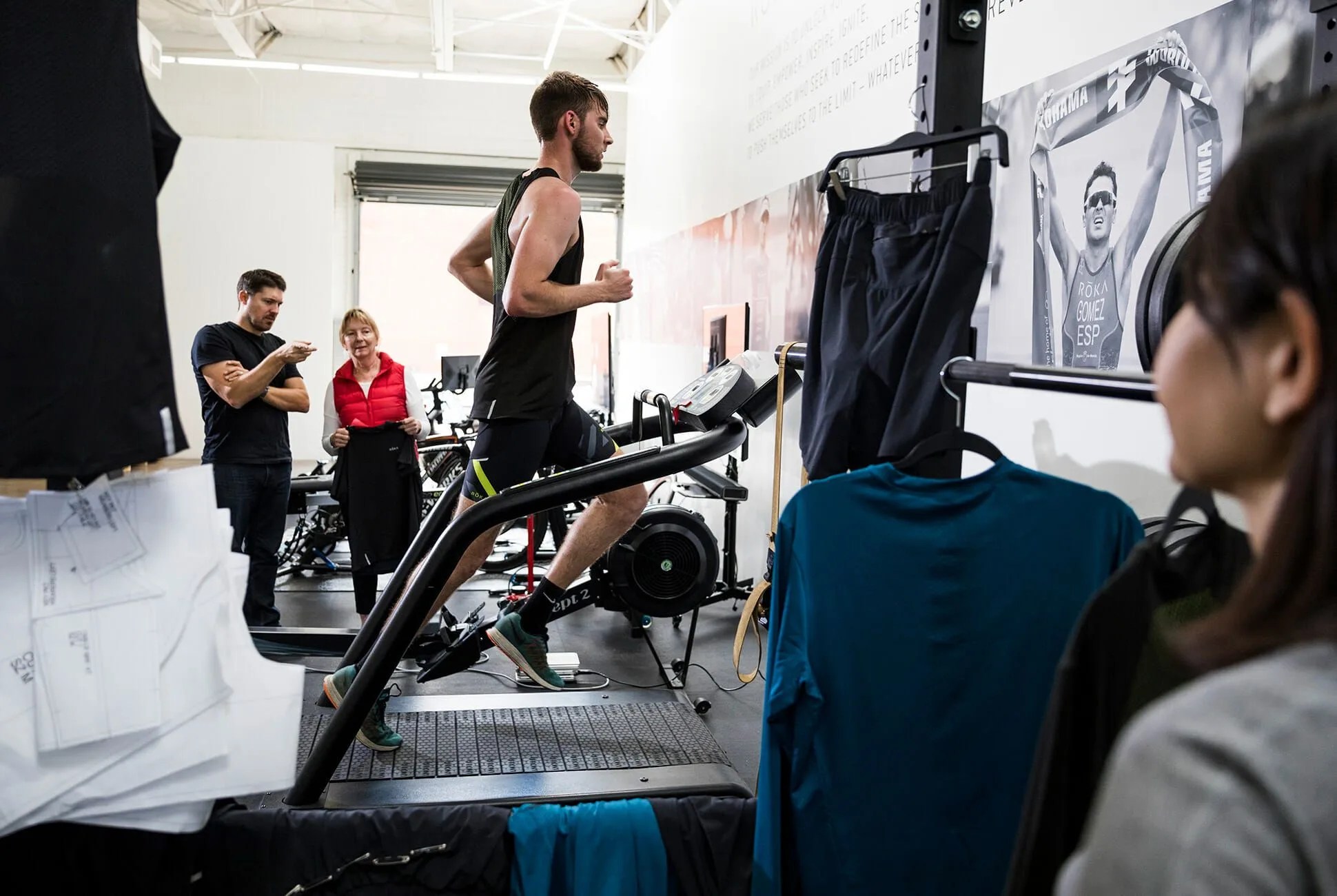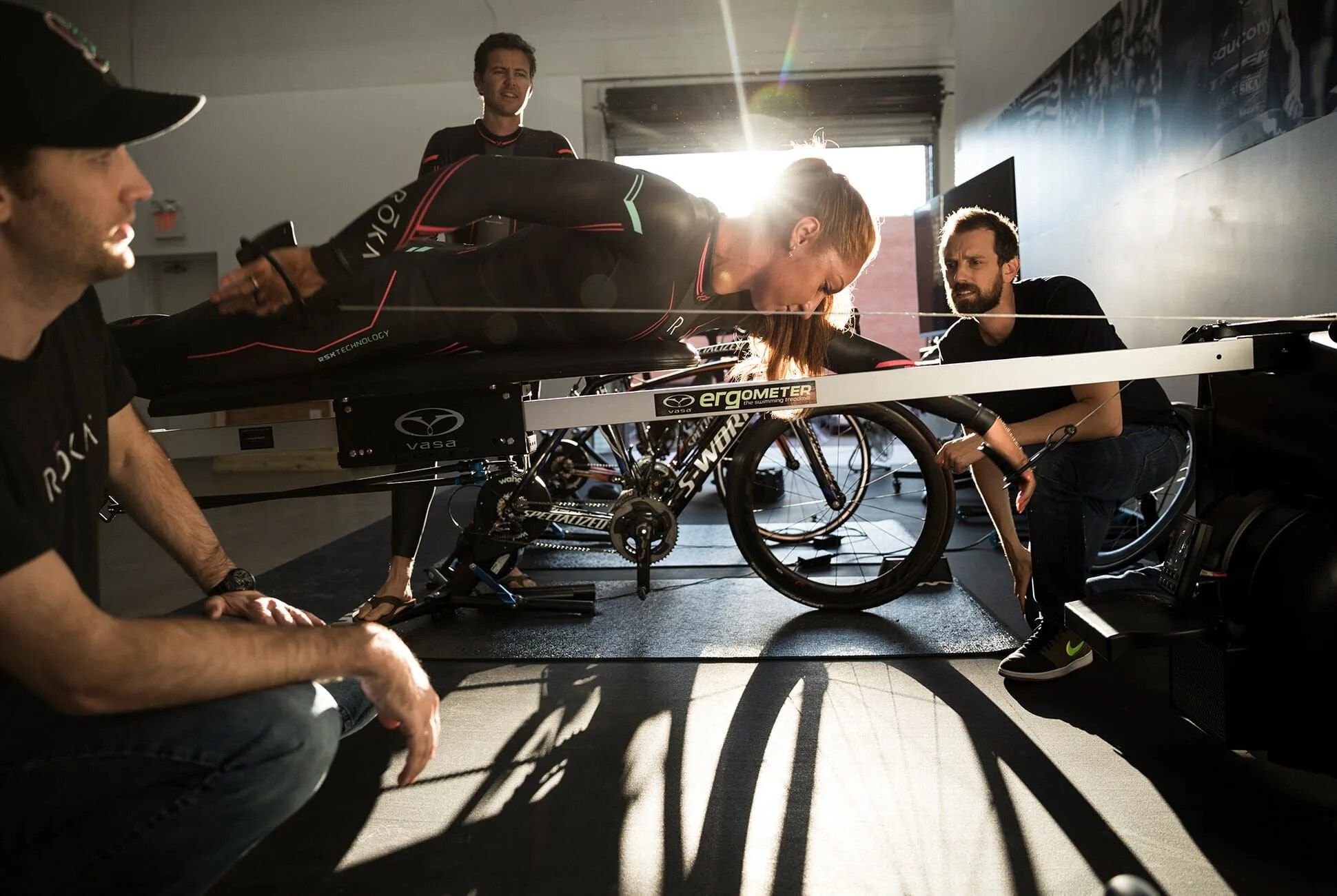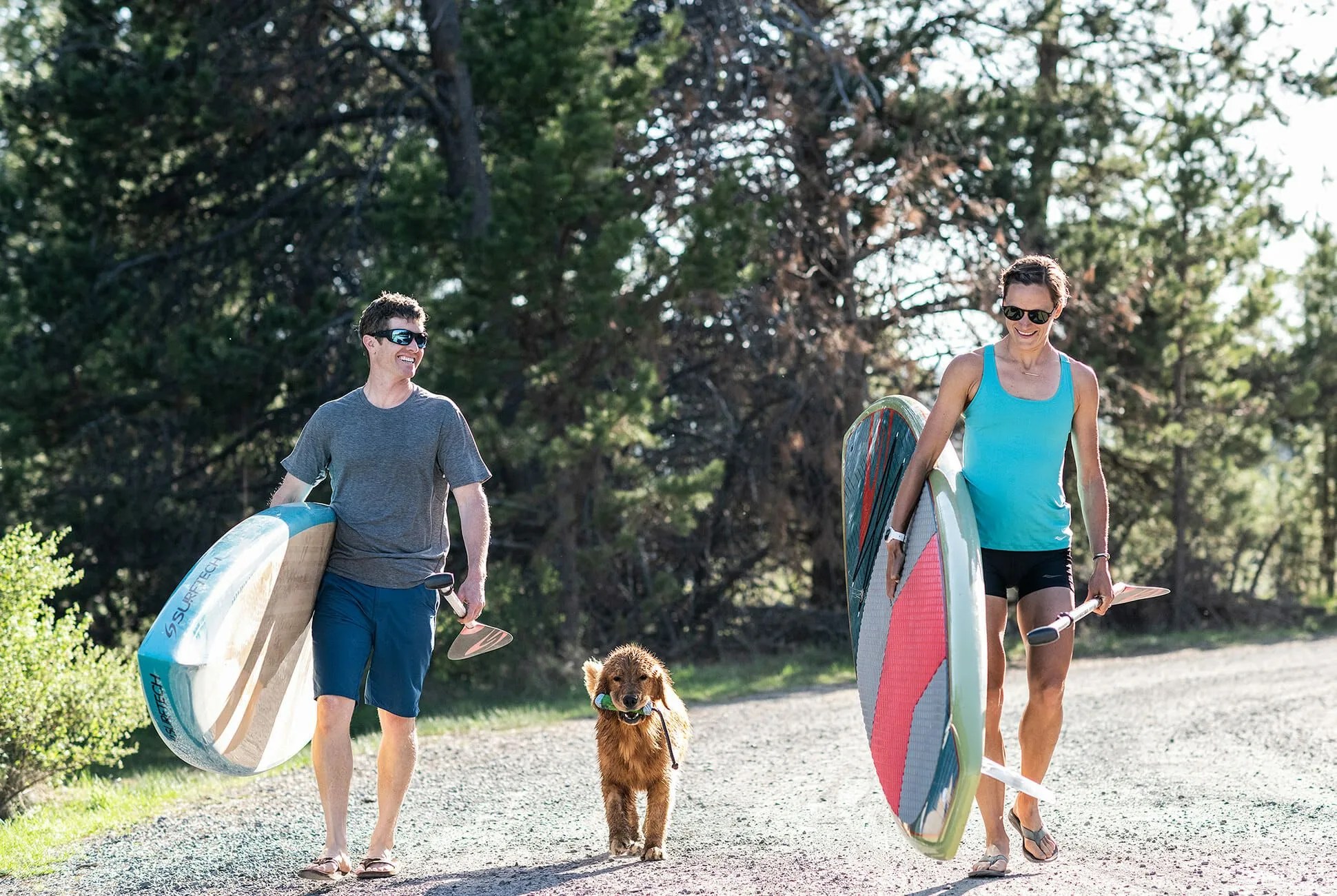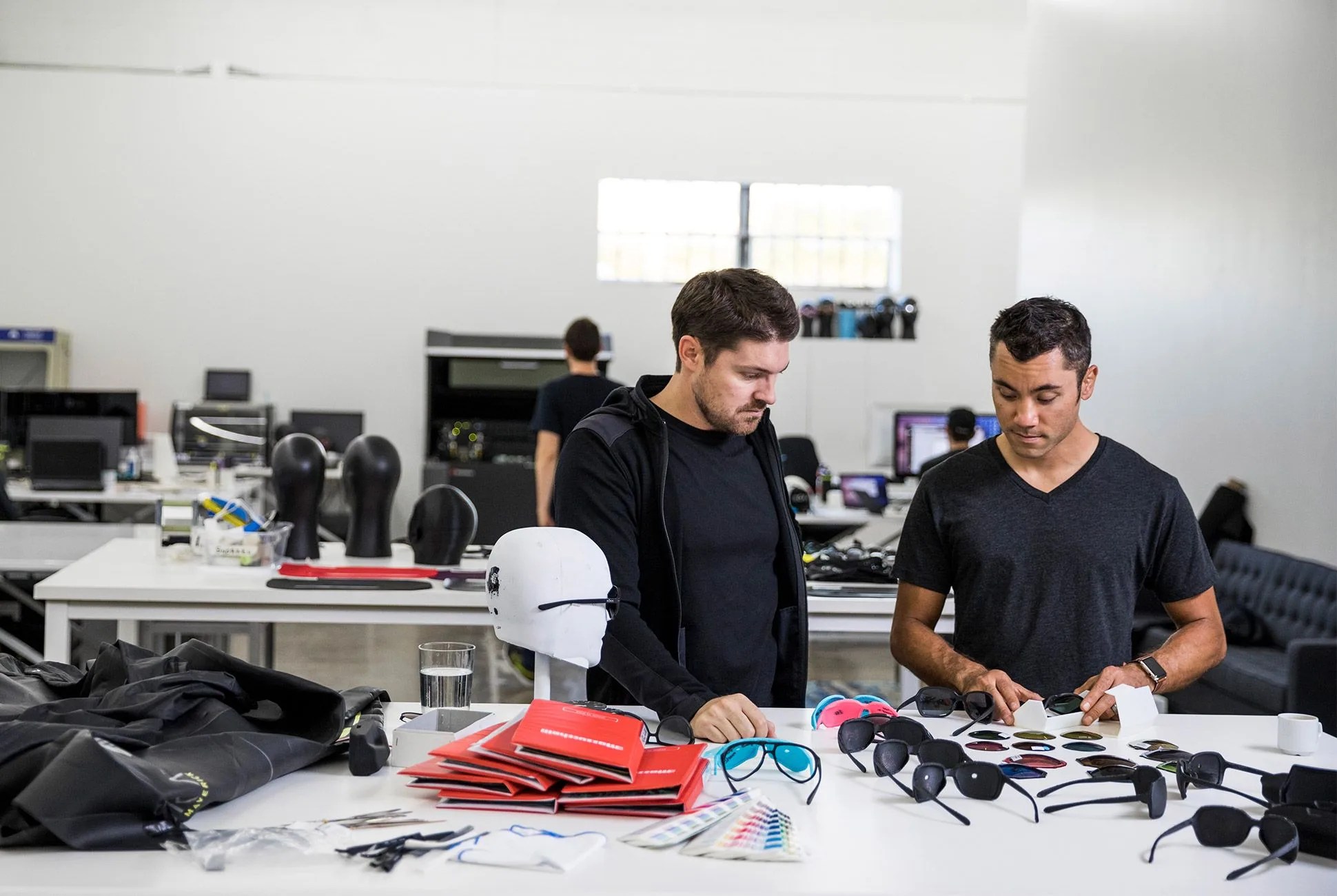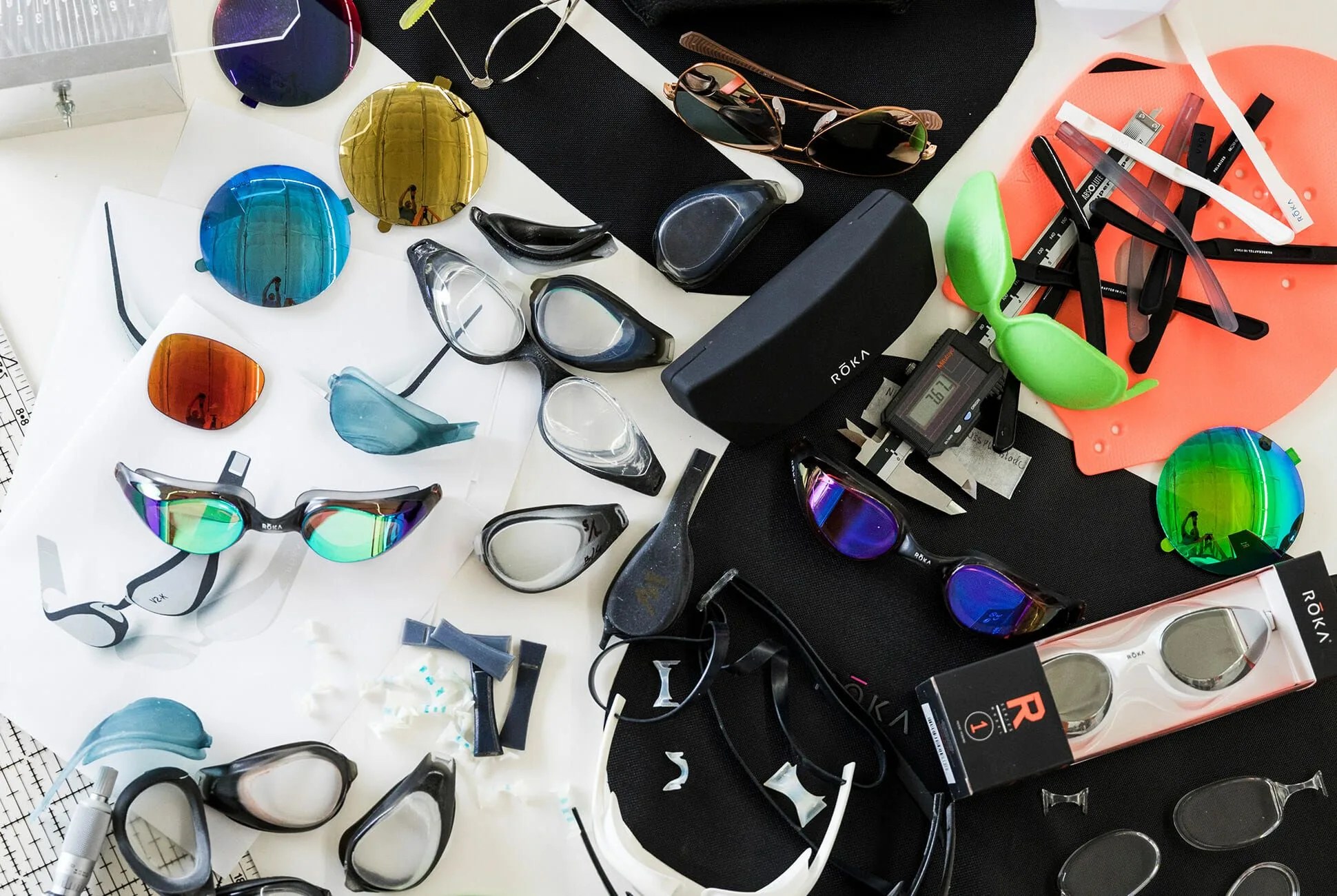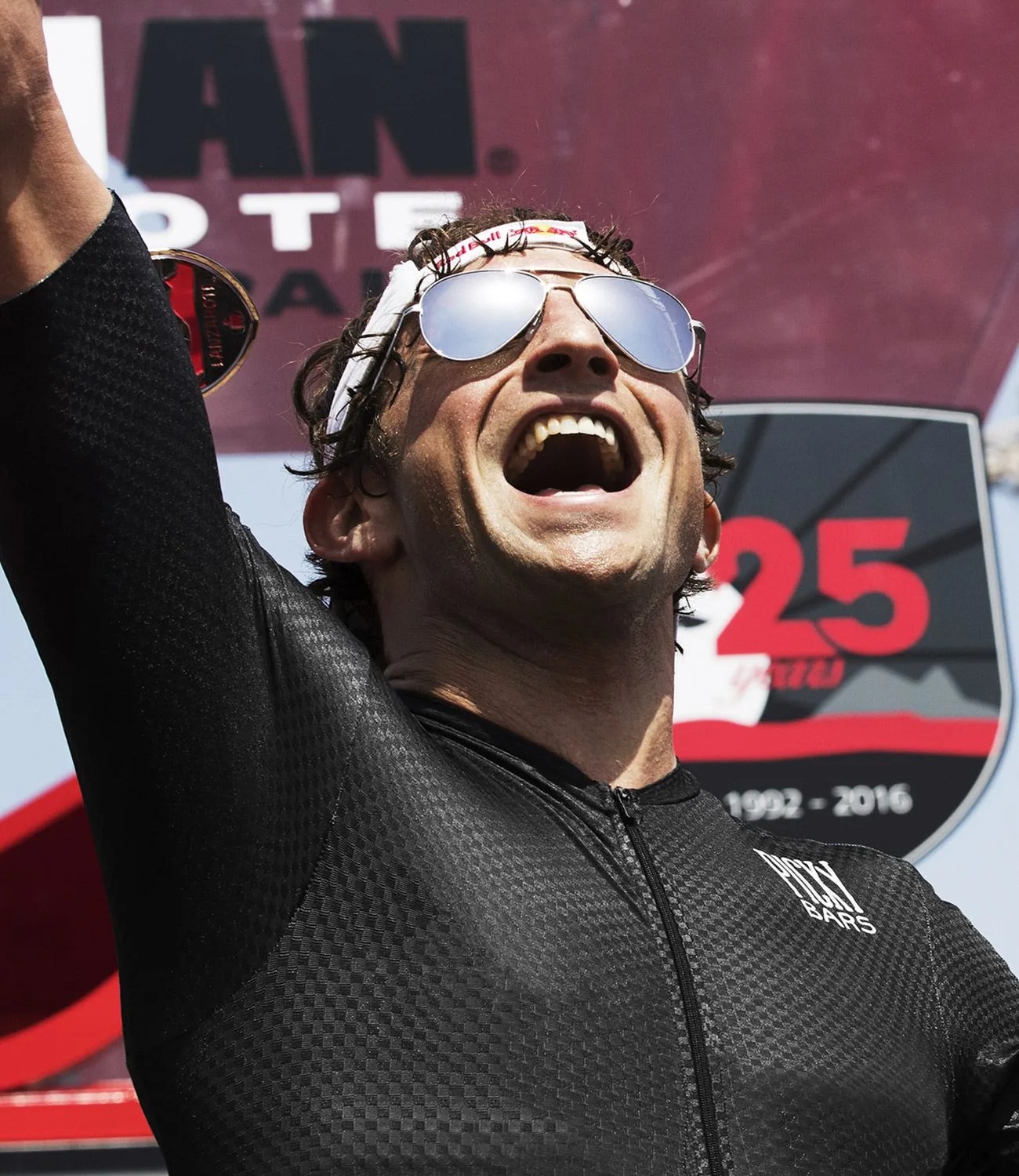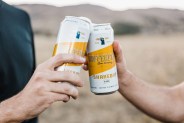9 photos
Swimming uphill is hard. “The goal is to swim downhill,” Rob Canales tells me while explaining how Roka’s wetsuits work. When swimming, your body is naturally buoyant in the chest — thanks to your lungs — but your legs tend to sink in the water, making your body feel like it’s swimming uphill. Add more buoyancy to the legs and all of a sudden you’re on a more even plane, or even better, your legs are above your head and you’re swimming downhill. This seemingly logical proposition wasn’t the norm before Roka popped onto the scene six years ago.
“If you can get a suit to do that for you naturally, it doesn’t stress your muscles as much,” Canales explains, making the swim easier and helping you get faster in the water. Roka makes wetsuits and sunglasses — and they’re nowhere near done creating. “People have asked us from the beginning, ‘What’s your goal?’” Canales says, “and we’ve said all along, we want to build a healthy sustainable business that helps people go faster and feel more confident in themselves.” In those six years, they’ve changed the landscape of the triathlon and cycling world and are looking to expand even further.
Canales is one half of the duo that started Roka. Kurt Spenser, the other co-founder, and Canales were teammates on the Stanford swim team. Canales was an Olympic trials finalist in the 200 individual medley and Spenser was an All-American freestyler. “We’re not Michael Phelps-prototypical swimmers,” Canales says. “We’re relatively small guys, barely cracking six feet, and the way we were competitive in college was that we were students of the sport.”
So 10 years later when the two were challenged to do the half Ironman (or a 70.3) in Austin, they both felt they could easily wing the swim, fake the bike and walk on the run. So they got to work, purchasing boatloads of gear (as one does for a triathlon) and immediately realized there was a huge problem with the wetsuits that were aimed at swimmers. “We put on the expensive wetsuit, but we knew what fast swimming felt like and instantly knew it was not right,” Spenser says. “We didn’t have time to redesign a wetsuit from scratch, but something stuck in our heads.”
After the two competed in the race, they were ‘bitten by the bug,’ and the next year they completed roughly a dozen races. “We started prototyping and cutting up suits in my garage, and used my grandma’s sewing machine to try and figure out how we could hodgepodge something to be more comfortable and faster,” Canales says. What they came up with was a suit that cut down on shoulder fatigue and lifted the legs more than the chest.
After testing the suit themselves, with friends and Jesse Thomas, then an up-and-coming triathlete and now a two-time Ironman Champion and 70.3 Champion, and Meredith Kessler, a 10-time Ironman Champion, it was time to release it to the public. In the spring of 2014, Canales and Spenser launched the Maverick Pro and quickly disrupted the triathlon space, attracting top talent, including Javi Gomez and Gwen Jorgensen.
